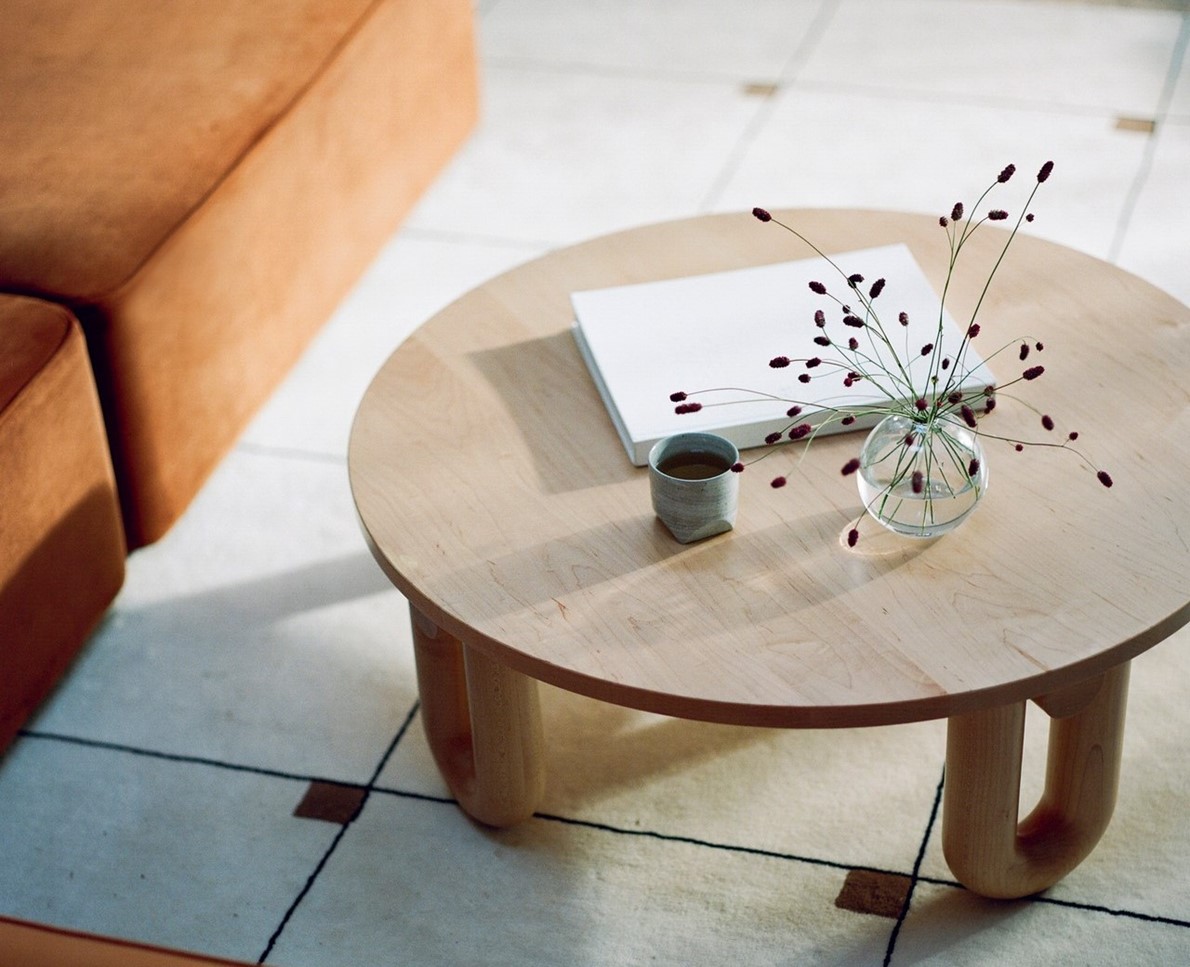Move
over, hygge. You, too, lykke, lagom, niksen, and bella figura. Another
international buzzword has come to town, loaded with the promise of improving
lives.
اضافة اعلان
“
Marie Kondo’s
Kurashi at Home: How to Organize Your Space and Achieve Your Ideal Life”, just
out from Ten Speed Press, is the Japanese tidying guru’s latest book and the
first to dip into her native language to give a little flair to the title.
(“Kurashi”, by the way, means “lifestyle”.)
Building on
Kondo’s famed organizational method of sorting through belongings to determine
which create a frisson of delight, the book invites us to discover what sparks
joy not just among our possessions but also in our environments, relationships,
and daily activities.
“Tidying up
means dealing with all the ‘things’ in your life,” she writes. “So, what do you
really want to put in order?”
In a Zoom call,
Kondo recently explained that the word kurashi conveys the comfort and serenity
of day-to-day routines more than its English-language counterpart.
 Marie Kondo suggests both what to remove and add to your home.
Marie Kondo suggests both what to remove and add to your home.
“I love the way
certain
Japanese words sound, and kurashi happens to be one of them,” she said,
speaking through an interpreter.
Readers familiar
with her star-making 2010 book, “The Life-Changing Magic of Tidying Up”, or her
two Netflix series will find similar insights here, in concentrated form. The
KonMari method of gathering, fondling, and purging that launched a million
trips to the dump is recapped on a single, airy page.
Back, too, is
Kondo’s signature animism — her recommendation to look at the world from an
object’s perspective, to understand how it might feel crushed or smothered in
an undifferentiated heap of possessions. So is her insistence on thanking
belongings for their service before disposing of them.
She admits to
talking to her bathtub as she wipes it dry, saying, “It’s amazing how you’re
always so clean and free of mold.” As always, she appeals to our better angels
— at least the ones that shop.
This hardcover
book, however, shows as well as tells. More than 100 Instagram-worthy
photographs document serene room details, minimalist vignettes of sleek decorative
objects, pants hanging crisply in closets (surprisingly so, given the author’s
passion for folding), and the author herself, looking relaxed and radiant.
The
light-drenched, blond interiors are not Kondo’s. “We were trying to give a
sense of what Marie’s lifestyle looks like,” said Julie Bennett, the book’s
editor. “The message is: You figure out what style works for you.”
Kondo insists
that to follow her technique is to cultivate sensitivity to one’s desires and
needs in a way that will bring larger rewards than mere order. The experience
is personal and subdermal — objects communicate their values best when they are
physically handled — with benefits like jobs and financial windfalls sometimes
bubbling up unpredictably after the tidying is done.

Yet with
“Kurashi”, we now enter a more conventional therapeutic realm, in which Kondo
sounds like a life coach from time to time. If you have not managed to get
through her method, she would like to know what is blocking you. Or rather, she
would like you to ask that of yourself.
Writing about
balancing home and work, she unleashes a battery of questions, starting with:
“How much time do you spend a day on each work-related task? How much work do
you get done in a week?” Sample worksheets help readers map out their day’s
activities and goals so they can cut inefficient practices as ruthlessly as
they do their neglected kitchen gadgets.
And just as she
asks us to dump the contents of our unruly wardrobes in one place before
sorting through them, she advises unloading our chaotic, troublesome thoughts
in notebooks, as a clarifying preliminary to a more orderly life.
“When you try to
organize things in your mind and take time to reflect, there’s a lot of the
same tidying method as you apply to your home,” she said.
A big
obstruction to tidying, she notes, is the gap between the way many of us live
and our ideal lifestyles. Rather than let this disparity discourage us, she
recommends clinging to our dreams and doing whatever small things we can to
realize them — like putting a photograph of a beautiful landscape on a
windowless wall, where we might wish we had a view.
Not everyone,
however, is buying the hype (or the kurashi).
Ramani
Durvasula, a clinical psychologist in
Southern California with her own popular
following, said she does not dispute Kondo’s idea that an organized space can
unlock broader emotional and creative benefits. “But you’ve got to remember,
not all of us are the same,” she said. Perfectionists intent on arranging their
rooms “just so” — or people who lack the time, resources or energy to pull off
the rigors of minimalism — risk feeling anxious or ashamed at not attaining
their ideal lifestyles.
Durvasula said she, too,
believes in streamlining, but of a different nature. “If my clients all lived
in houses filled with junk but cleared the toxic people out of their lives, I’d
be fine,” she said. “Keep the old suitcases; get rid of the grumpy uncle.”
Read more Property
Jordan News



